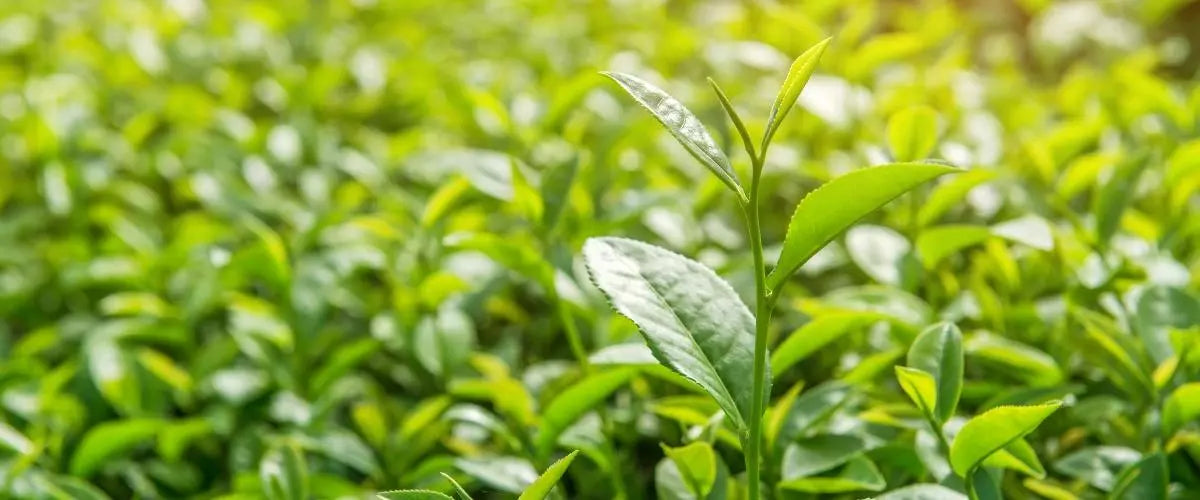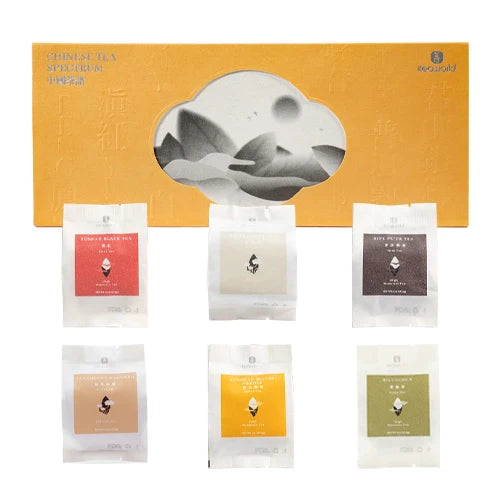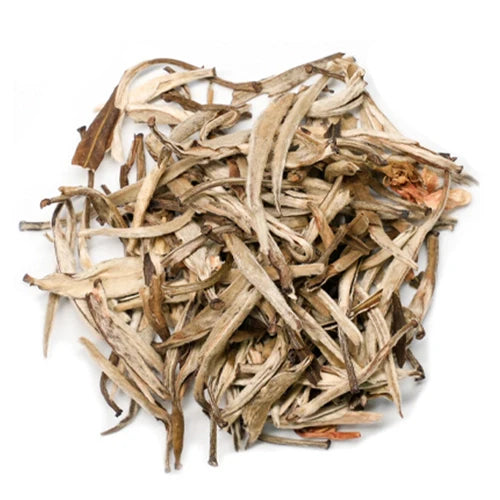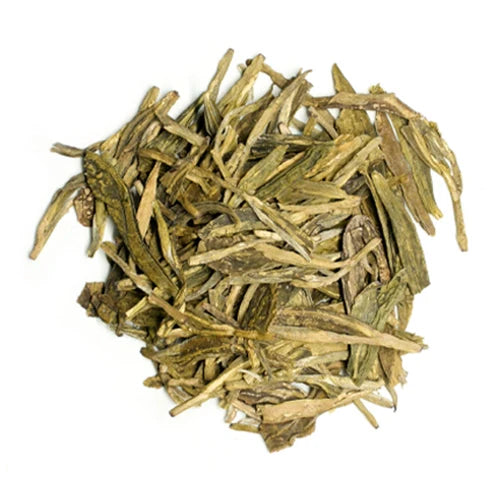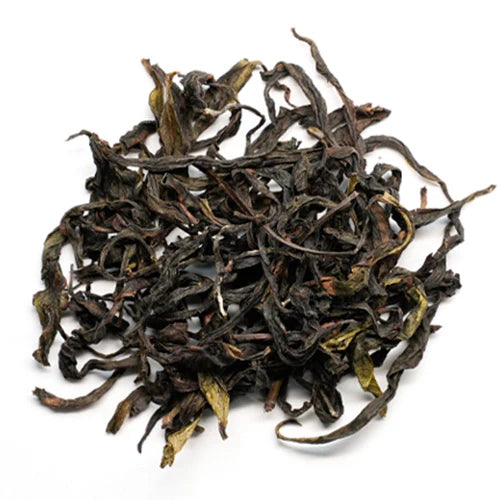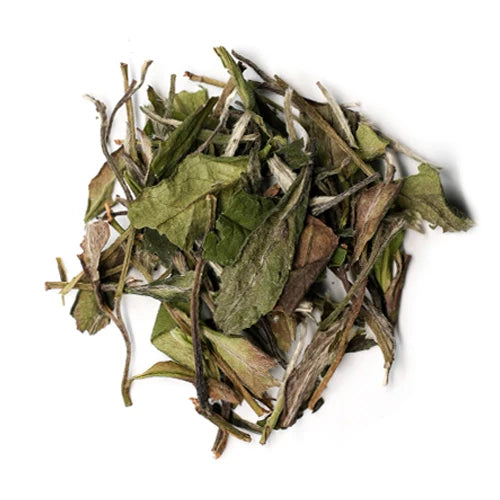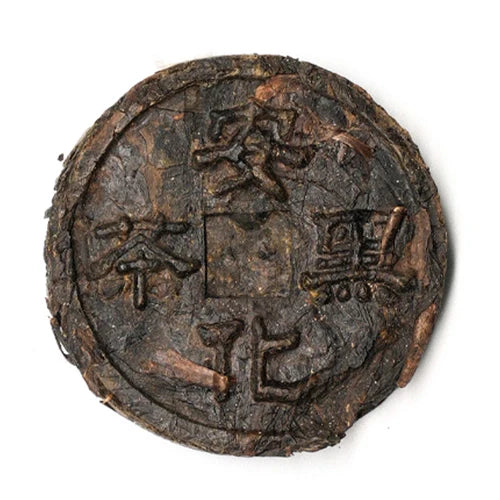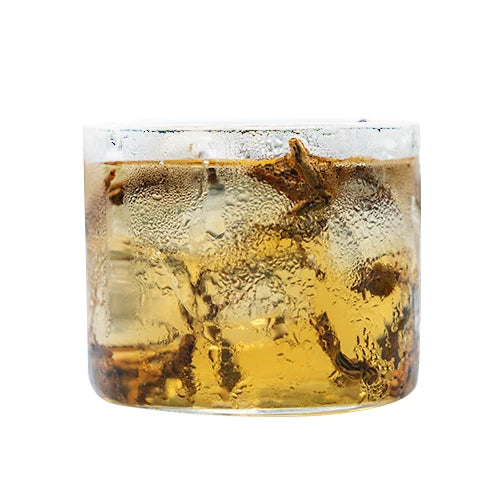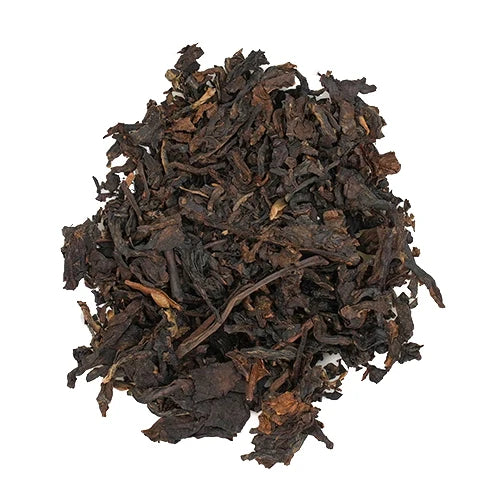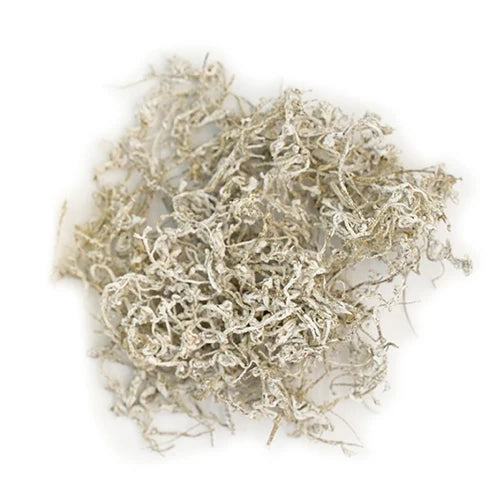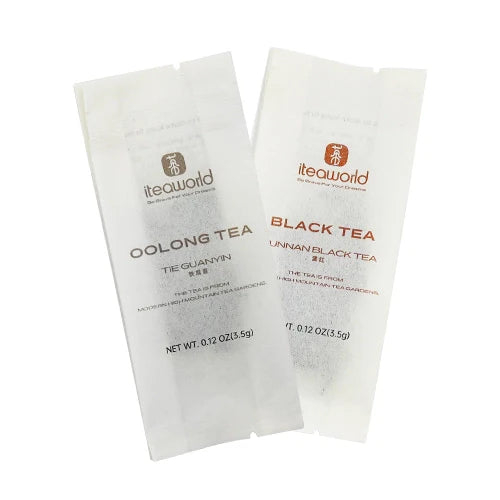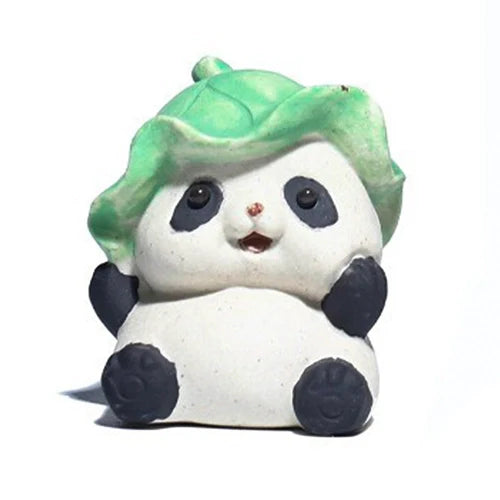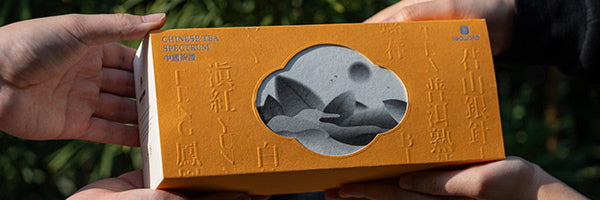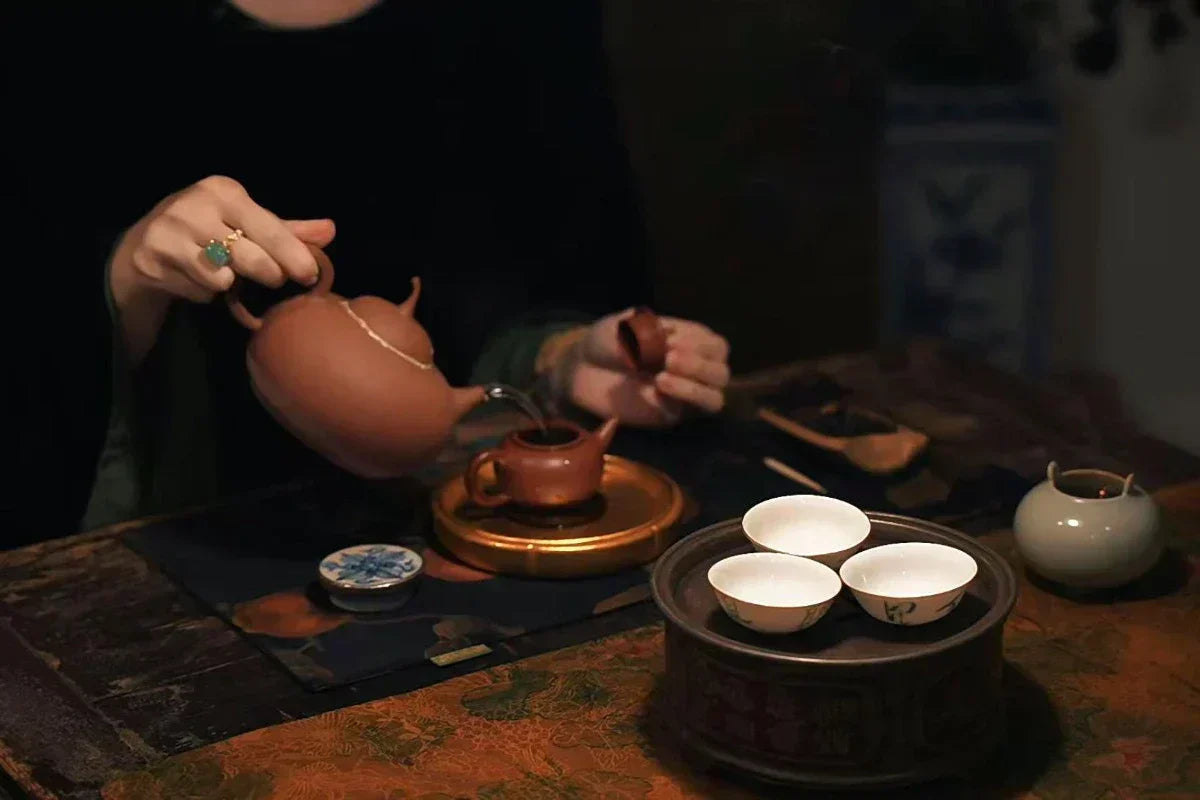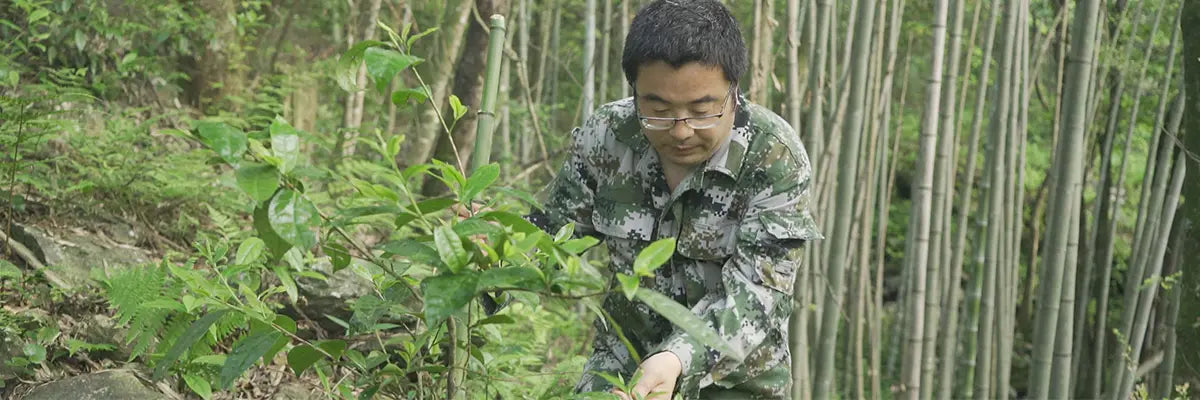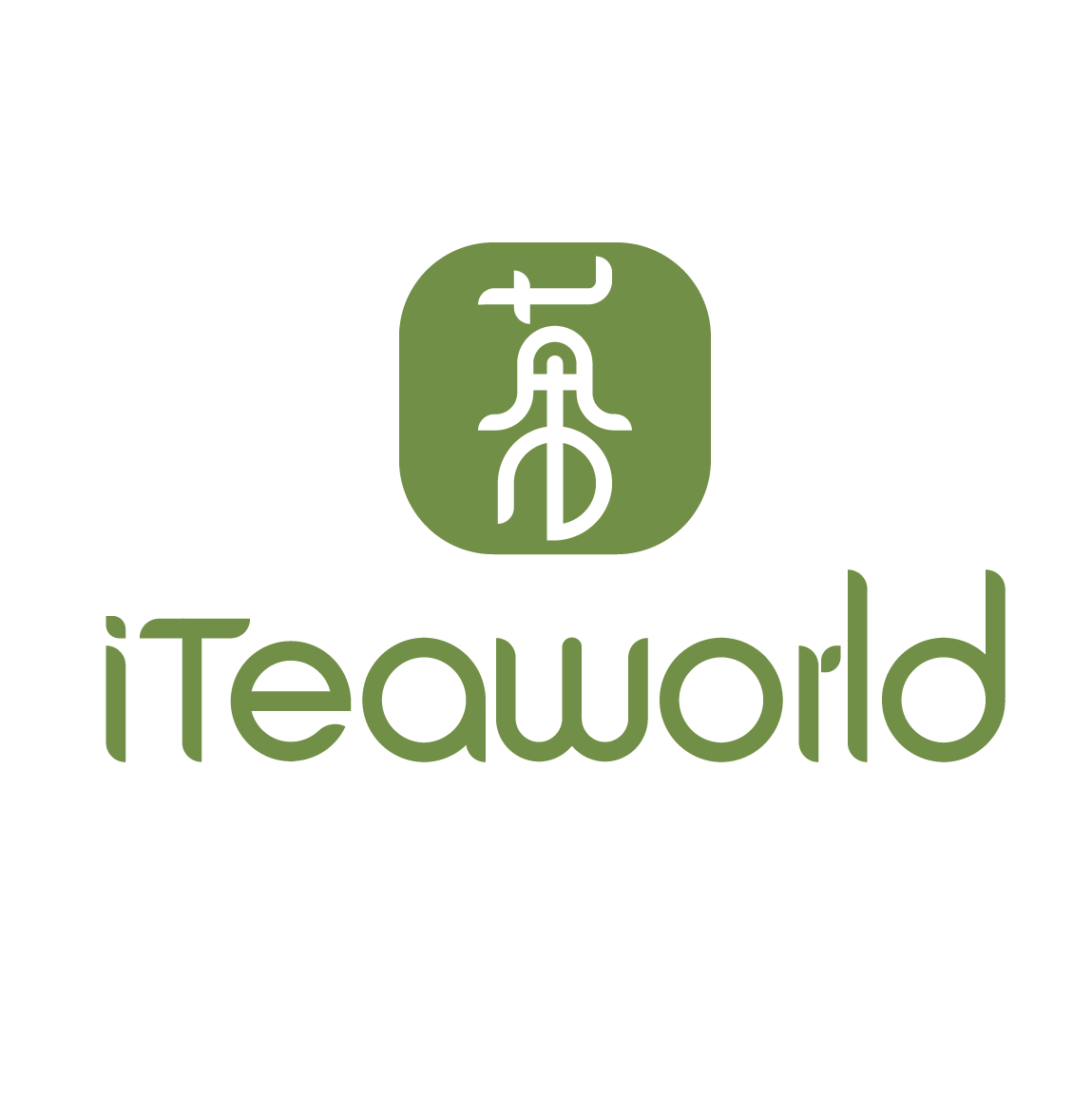When people think of Chinese oolong tea, places like Wuyi or Anxi might come to mind first. But there's another region quietly making waves: Guangdong. Tucked away in southern China, Guangdong has crafted a bold, floral-forward oolong tea that feels unlike anything else.
Known for its powerful aroma, honey-smooth texture, and wide range of natural floral notes, Guangdong oolong (especially the famous Phoenix Dancong) is a must-try for any tea explorer. If you love expressive teas that speak with fragrance, this is the guide for you.
1. What Makes Guangdong Oolong Different from Other Oolongs?
● Aroma first. While Wuyi teas focus on minerality and Anxi teas on creamy texture, Guangdong oolongs are all about the fragrance. Think honey orchid, osmanthus, gardenia.
● Made from single bushes. Many Dancong teas come from individual tea trees, each with a unique aroma profile.
● High-altitude complexity. Grown in misty mountains like Phoenix Mountain, these teas develop rich layers of taste and aroma.
Guangdong oolong is where tea starts to smell like a flower shop and taste like dessert — in the best way.

2. The Secret Behind Its Signature Aroma: How Guangdong Oolong Is Made
Guangdong tea makers have spent centuries perfecting a set of techniques that turn leaves into liquid perfume:
(1) Nighttime Shaking (Langqing)
A process inherited from the local She ethnic traditions. Tea leaves are gently tossed for 8–12 hours overnight, bruising the edges to release enzymes. These enzymes transform grassy notes into floral compounds like honeysuckle and orchid.

(2) Charcoal Baking with Lychee Wood
Instead of high heat, these teas are roasted low and slow using lychee wood charcoal for over 20 hours. This draws out honey-like smoothness and a comforting depth.

(3) Single-Bush Selection
Over 200 unique tea bushes have been identified on Phoenix Mountain. Farmers handpick bushes with special aromas and process them individually, giving rise to teas like Mi Lan Xiang (Honey Orchid) and Ya Shi Xiang (Duck Shit Aroma).

3. A Brief History of Flavor: How Guangdong Oolong Evolved Over 500 Years
Let’s walk through the major milestones in Guangdong Oolong’s story:
(1) 1465–1487:Shiguping Oolong – The First Spark
The She people in Shiguping village developed a semi-oxidized tea using “sun-dry, shake, bake” methods. Their teas had a plum-like tartness and aged wood aroma. Today, it’s known as Shiguping Oolong, the spiritual ancestor of all Guangdong oolong.
 Premium Shiguping Oolong – Wild Phoenix Tea with Aged Pu’er Notes 50g 2025
Premium Shiguping Oolong – Wild Phoenix Tea with Aged Pu’er Notes 50g 2025
(2) 1582:Phoenix Langcai – Early Processing Experiments
Tea farmers from Fujian introduced Wuyi seeds to Phoenix Mountain, leading to early hybrid teas. A bamboo-shaking method at night unexpectedly produced orchid fragrance — the prototype for modern Dancong processing.
Premium Phoenix Lang Cai Oolong: A bold and rare oolong
(3) 1800:Mi Lan Xiang – The Rise of Aroma-Driven Teas
A farmer discovered a golden-tipped bush with sweet honey and orchid notes. This was the start of single-bush selection — and the rise of signature aroma teas.
(4) 1922:Duck Shit Aroma – The Quirky Star
A farmer in Pingkengtou lied about his prized tea’s soil (“duck shit soil”) to prevent theft. The tea's aroma turned out extraordinary, and after 12 rounds of leaf-shaking, “Duck Shit Oolong” was born — quirky name, unforgettable flavor.
Premium Ya Shi Xiang (Duck Shit) Dan Cong Oolong Tea 100g 2025
(5) 1800s – 1950s: Xiyan Oolong – The Mountain Monk’s Secret
In Meizhou’s misty Xiyan Mountains, monks planted tea near temples as early as the Tang Dynasty. By the 1950s, tea farms blended Phoenix techniques with Wuyi-style charcoal roasting, creating a bold and aromatic “Lingnan Rock Tea.”
Premium Xi Yan Oolong, combining Dancong fragrance
(6) 1961:Lingtou Dancong – A Breakthrough for Mass Production
Scientists discovered a wild bush in Lingtou Village with consistent honey aroma. It became one of the first Guangdong oolongs propagated on a large scale, making high-aroma Dancong more accessible.
Premium Lingtou Dancong (Honey Orchid) The Everyday Honey-Sweet Oolong
(7) 1980s:Ten Signature Aromas
The Guangdong Tea Research Institute officially defined 10 major aroma types (honey orchid, magnolia, gardenia, etc.), turning Dancong from “mystical local tea” into a systematic flavor universe.
4. How We Chose These Teas: Representing the Soul of Guangdong Oolong
At iTeaworld, we didn’t want to create another "best of" sampler. We wanted to help people understand the full story of Guangdong oolong.
We picked by timeline.
From the earliest tea (Shiguping) to modern legends like Duck Shit and Mi Lan Xiang, this set shows how oolong evolved.
We picked by style.
From elegant and light (Langcai) to deep and roasty (Xiyan), we wanted you to experience the full flavor range.
We picked by process.
Each tea highlights a different part of the craft: ancient shaking, charcoal baking, or single-bush selection.
This isn’t just a tasting set. It’s a guided journey through 500 years of Guangdong tea wisdom.

5. Conclusion: The Human Wisdom Behind the Aroma
Guangdong oolong isn’t just about tea — it’s about the people who’ve shaped it for centuries.
In Shiguping, the She people sing tea songs as they carefully craft each batch, passing down ancient skills through generations. Over in Pingkengtou, a farmer’s clever little “white lie” about the soil kept a secret aroma safe — a tea that would go on to surprise the world. In Lingtou, scientists patiently watched one old tea bush for three years straight, making sure its sweet honey flavor stayed just right. And in the misty mountains of Xiyan, monks quietly roast tea by temple shadows, creating that deep, rich rock tea character.
This tea culture is built on a mix of care, patience, resilience, and deep respect — for nature, for craft, and for tradition. It’s the unique blend of the Chaozhou people’s sharp attention to fragrance and the Hakka people’s steady dedication to slow roasting that come together atop Phoenix Mountain to create Guangdong oolong’s unmistakable character.
Guangdong oolong isn’t a spin-off of Wuyi or Anxi teas. It’s its own story — a unique flavor language shaped by human hands and heart. And we’re excited to help you discover it, one cup at a time.
Explore the full set at iTeaworld and taste 500 years of Guangdong in 6 unforgettable cups.





